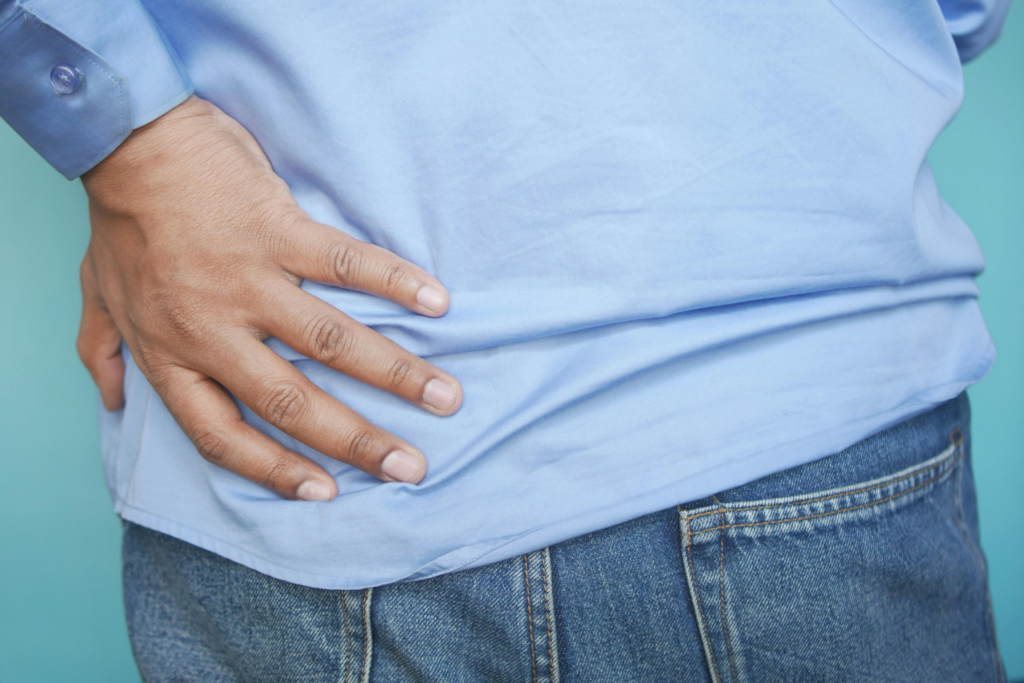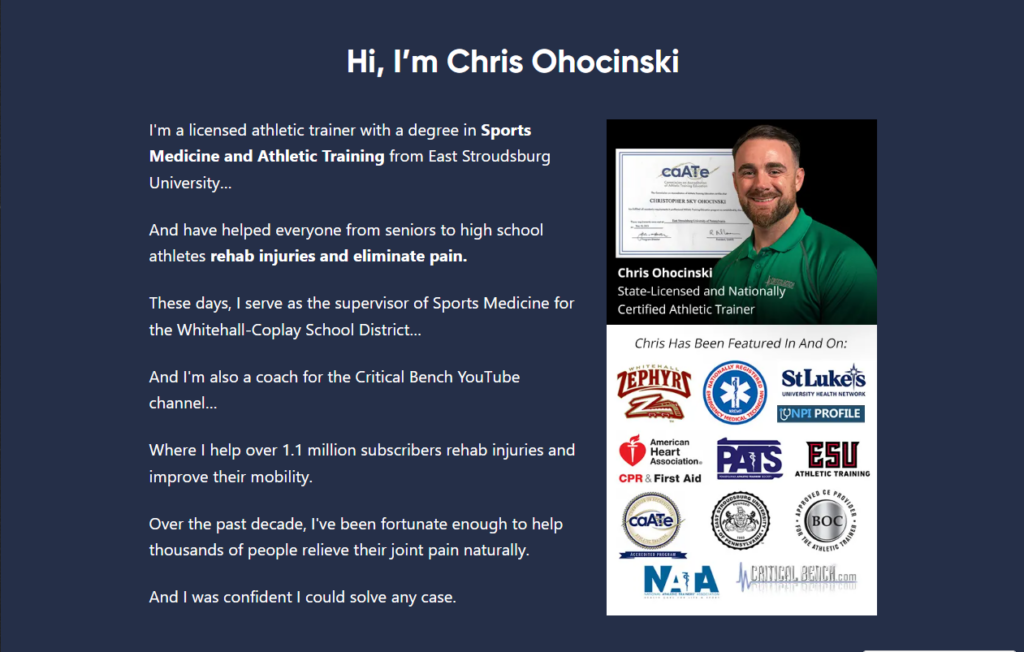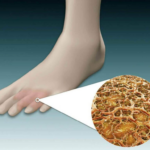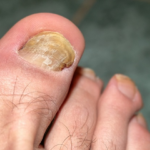Lower back pain can disrupt daily life.
Lower back pain, also known as lumbago, is a very common condition affecting the lower back area, located between the last rib and the pelvis. Despite being one of the leading causes of disability worldwide, it is often underestimated due to the belief that it is temporary and does not require specific care. However, understanding the causes, symptoms, and treatments for lumbago is essential for preventing and properly managing this condition.

What is Lumbago?
Lumbago is not a disease in itself but a symptom associated with various conditions that may affect the lower back. It can result from muscular disorders, ligament injuries, spinal joint problems, or even external factors such as infections and tumors.
This pain can range from mild to severe, significantly impacting a patient’s quality of life. In many cases, it is one of the main causes of work absences and difficulties in daily activities.
Main Causes of Lower Back Pain
The causes of lower back pain can be divided into two groups: those related to the spine and those originating from other parts of the body.
Causes Related to the Spine:
- Herniated Disc: Displacement of the intervertebral disc, compressing nerves and causing intense pain.
- Arthritis: Degeneration of the spinal joints.
- Lumbar Stenosis: Narrowing of the spinal canal, which can compress the spinal cord.
- Muscle or Ligament Injuries: Resulting from excessive strain or poor posture.
- Spondylolisthesis: Slippage of one vertebra over another.
- Fractures or Osteoporosis: Weakening of bones, increasing the risk of fractures.
Other Possible Causes:
- Kidney Stones: Pain radiating to the lower back.
- Pelvic Diseases: Such as endometriosis or prostate conditions.
- Intestinal Problems: Diverticulitis or chronic inflammations.
- Fibromyalgia: A chronic condition affecting muscles and soft tissues.
- Infections or Tumors: More serious situations requiring immediate medical attention.
When to Seek Medical Attention?
While most cases of lower back pain improve with rest and basic care, it is crucial to seek medical evaluation in certain situations:
- Intense pain that does not respond to medication.
- Symptoms persisting for more than three months.
- Presence of fever or unexplained weight loss.
- Pain radiating to the legs (a symptom of sciatica).
- Sensory or motor changes in the lower limbs.
- Lower back pain following trauma or falls.
In these cases, complementary exams such as X-rays, CT scans, or MRI may be required to identify the exact cause
How to Prevent Lower Back Pain?
- Muscle Strengthening: Invest in exercises that strengthen the core muscles (abdomen and lower back).
- Regular Stretching: Especially of the posterior thigh muscles (hamstrings).
- Postural Practices: Keep the spine aligned during daily activities and use ergonomic furniture.
- Weight Control: Avoid being overweight to reduce strain on the spine.
- Physical Activity: Adopt an active lifestyle to improve spinal health.
- Avoid Prolonged Sedentary Behavior: Alternate between sitting, standing, and moving throughout the day.
- Adequate Mattress: Use firm mattresses that provide proper support for the spine.
Treatment Options
Treatment for lower back pain depends on the underlying cause and the severity of the symptoms. In general, it can be divided into conservative measures and more invasive procedures.
Conservative Treatments:
- Rest: In acute cases, a short period of rest may help.
- Heat or Cold Therapy: Ice packs for recent injuries and heat for chronic pain.
- Medication: Use of analgesics, anti-inflammatory drugs, and muscle relaxants.
- Physical Therapy: Essential treatment to strengthen muscles, improve posture, and relieve chronic pain.
- Acupuncture, Chiropractic Care, and Massage Therapy: Complementary therapies with positive results in many cases.
Invasive Treatments:
- Injections: Applied directly to the painful area for quick relief.
- Surgery: Reserved for severe cases, such as significant nerve compression or structural deformities.
Final Considerations
Lower back pain is a complex and multifactorial issue that requires medical attention when symptoms are persistent or disabling. Adopting an active lifestyle and maintaining spinal health are key measures to prevent episodes and improve quality of life.
Consult a spine specialist for a detailed evaluation and start the appropriate treatment. The earlier preventive and corrective measures are taken, the better the results.
Recommended Product for Pain Relief: Joint Glide
For those seeking an effective supplement to support joint and back health, Joint Glide is a highly recommended option.
Formulated to reduce inflammation and support joint function, it may provide significant relief for lower back discomfort when combined with other preventive and therapeutic measures.



Dr. Sarah Miller is widely recognized as an influential leader in the healthcare field, with a career marked by excellence, innovation, and dedication to improving human well-being. Combining exceptional academic knowledge, clinical experience, and a deep commitment to research, she has become a reference in her specialty.







